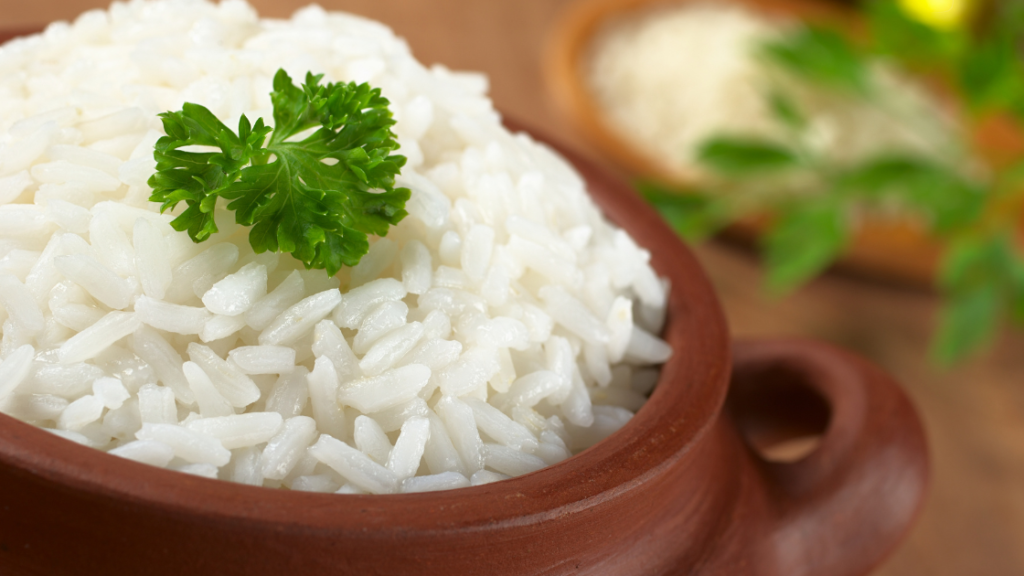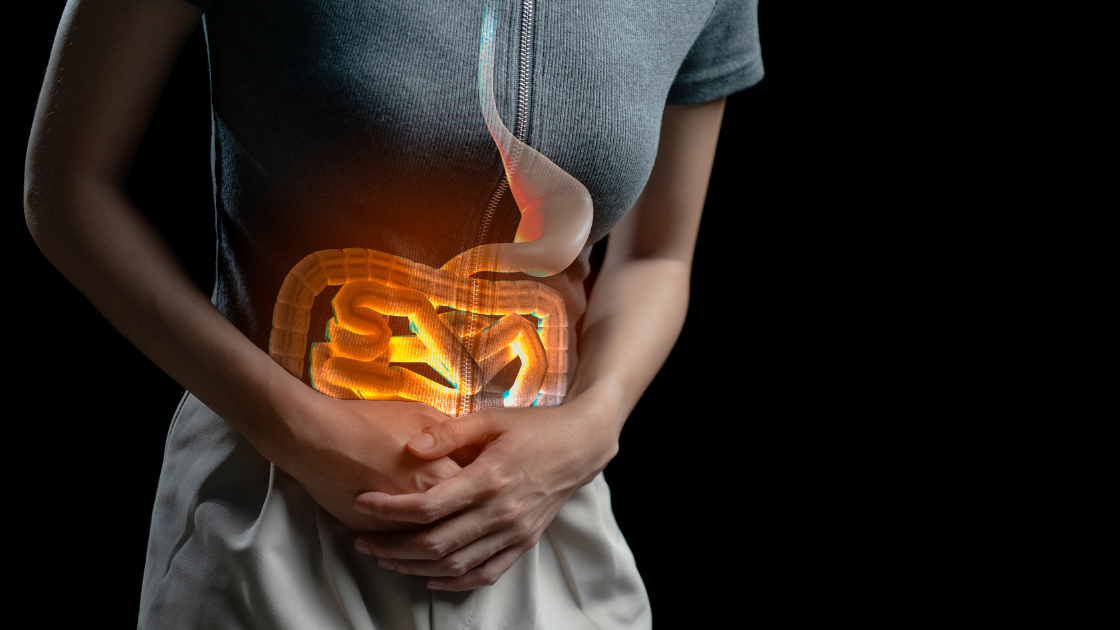Stomach massage can be used successfully for gas relief. However, some rules must be followed. We help you with this in the article below. We also give you some tips on how to change your diet to get rid of stomach pain as soon as possible. Together with this, if the pain does not go away within days, medical help will surely be the best solution.
Stomach massage for gas relief
Gas can cause discomfort and bloating in the belly. A belly massage can help relieve gas and promote better digestion. Follow these steps to perform a belly massage for gas:
- Lie down on your back and make yourself comfortable.
- Apply a small amount of oil or lotion to your hands.
- Begin by gently massaging your abdomen in a clockwise circular motion.
- Use gentle pressure and gradually increase it as you go.
- Focus on the areas where you feel the most gas or bloating.
- You can also try using your fingertips to apply slight pressure to specific points on your abdomen, such as the area around your belly button or the lower abdomen.
- Continue the massage for about 10-15 minutes, taking deep breaths and relaxing.
- Repeat this massage technique whenever you experience gas or bloating.
Bellybutton Massage for gas relief
The belly button is a vital point that can be massaged to improve digestion and overall well-being. Here’s how to perform a bellybutton massage:
- Start by sitting or lying down in a comfortable position.
- Apply a small amount of oil or lotion to your fingers.
- Place your index finger or thumb on your belly button.
- Using gentle circular motions, massage the area around your belly button.
- Gradually increase the pressure as you go, but be careful not to apply too much force.
- Continue the massage for about 2-3 minutes, taking deep breaths and relaxing.
- Repeat this massage technique daily or as needed to promote better digestion.
Remember, belly massage can be a beneficial addition to your overall wellness routine, but it’s important to consult with a healthcare professional if you have any underlying health conditions or concerns.
What to eat after a stomach pain relief massage?

Stomach pain is a common ailment that affects many people. It can be caused by a variety of reasons such as overeating, indigestion, gas, or even stress. Whatever the cause, stomach pain can be quite uncomfortable and can disrupt your daily routine. If you’re looking for some quick relief, then you’ve come to the right place. Here are some foods that you can eat to help alleviate stomach pain:
- Ginger: Ginger has anti-inflammatory properties that can help reduce inflammation in your stomach. You can add ginger to your tea or even chew on a small piece of ginger to get some relief.
- Bananas: Bananas are easy to digest and can help soothe an upset stomach. They also contain potassium, which can help regulate your digestive system.
- Rice: Plain white rice is easy to digest and can help absorb excess acid in your stomach. It’s also a good source of carbohydrates, which can give you the energy you need to get through the day.
- Yogurt: Yogurt contains probiotics, which are good bacteria that can help improve your gut health. It’s also a good source of protein and can help keep you full for longer.
- Chamomile tea: Chamomile tea has anti-inflammatory properties that can help reduce inflammation in your stomach. It’s also a natural relaxant and can help calm your nerves. Remember to stay hydrated and avoid foods that can irritate your stomach such as spicy or fatty foods.
What causes too much gas in the stomach?
There are several factors that can contribute to excess gas in the stomach. One of the most common is swallowing air while eating or drinking. This can happen if you’re eating too quickly, talking while eating, or drinking carbonated beverages. Another cause of too much gas in the stomach is the breakdown of certain foods in the digestive system.
Foods that are high in fiber, such as beans, broccoli, and whole grains, can be difficult to digest and lead to excess gas. Dairy products can also be a culprit, especially if you’re lactose intolerant. Finally, certain medical conditions can cause excess gas in the stomach. Irritable bowel syndrome (IBS), inflammatory bowel disease (IBD), and celiac disease are just a few examples.
So what can you do to reduce the amount of gas in your stomach? Here are a few tips:
- Eat slowly and chew your food thoroughly
- Avoid carbonated beverages
- Limit your intake of high-fiber foods and dairy products
- Exercise regularly
- Talk to your doctor if you suspect a medical condition is causing your excess gas .
Remember, a little bit of gas is normal and nothing to be ashamed of. But if you’re experiencing discomfort or pain, it’s worth taking steps to reduce the amount of gas in your stomach. If your stomach pain persists, it’s always best to consult your doctor. Hope this helps! Take care.




